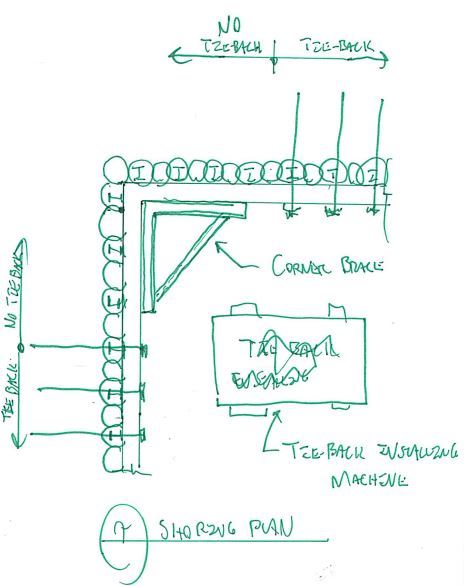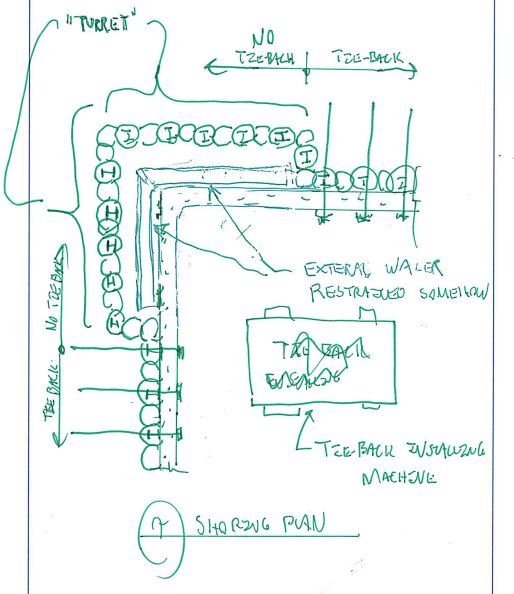Local shoring contractors in my area always seem to use corner braces in conjunction with their tie-back shoring systems. Why are corner braces used instead of continuing the tie-backs right into the corner? Is it because the machine used for tie-back installation cannot get physically close to the corner? Are there systems available that do not require corner braces?

I like to debate structural engineering theory -- a lot. If I challenge you on something, know that I'm doing so because I respect your opinion enough to either change it or adopt it.

I like to debate structural engineering theory -- a lot. If I challenge you on something, know that I'm doing so because I respect your opinion enough to either change it or adopt it.

